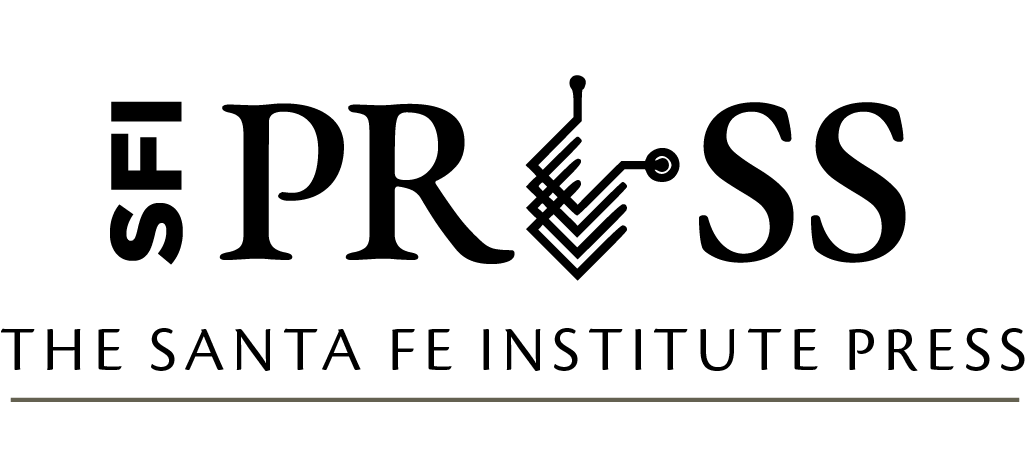Foundational Papers in Complexity Science pp. 1085–1103
DOI: 10.37911/9781947864535.36
The Wheels of Chemistry
Author: Philipp Honegger, Harvard University, and Walter Fontana, Harvard University
Excerpt
Otto Rössler’s 1971 paper is a landmark in the landscape of systems chemistry that was all but missed, despite developing the consequential idea of generalized autocatalysis, which refers to a system that facilitates its own growth. Rössler is better known for the chaotic attractor named after him (see Rössler 1976) than for the principle of “chemical space” exploration that he outlines in his autocatalysis paper.
One problem with Rössler’s paper is obvious: it is written in German. We therefore provide a translation to at least remove that obstacle. Besides language, another factor that might have reduced its visibility was the publication, earlier in the same year, of Manfred Eigen’s work on “Selforganization of Matter and the Evolution of Biological Macromolecules,” which also deals with autocatalysis. Eigen’s paper quickly became a widely acclaimed classic. Again in 1971, Stuart Kauffman started his thread on “autocatalytic sets” in a long appendix piggybacking on his introduction of random Boolean networks. Tibor Gánti was among those who characterized living systems through an abstract chemical model of several interacting autocatalytic subsystems. He published (in Hungarian) his chemical automaton—the “chemoton”—in, you guessed it, 1971 (for an English- language reference, see Gánti 1975). Gánti, however, is less concerned with a process of chemical evolution towards a living state than with the specification of a working model in support of a conceptual and computational exploration of that state. 1971 appears to have been the annus mirabilis of autocatalysis.
Bibliography
Eigen, M. 1971. “Selforganization of Matter and the Evolution of Biological Macromolecules.” Naturwissenschaften 58:465–523. https://doi.org/10.1007/BF00623322.
Gánti, T. 1971. Az Élet Princípiuma. Budapest, Hungary: Gondolat.
—. 1975. “Organization of Chemical Reactions into Dividing and Metabolizing Units: The Chemotons.” Biosystems 7 (1): 15–21. https://doi.org/10.1016/0303-2647(75)90038-6.
Kauffman, S. A. 1971. “Cellular Homeostasis, Epigenesis, and Replication in Randomly Aggregated Macromolecular Systems.” Journal of Cybernetics 1 (1): 71–96. https://doi.org/10.1080/01969727108545830.
Orgel, L. E. 2008. “The Implausibility of Metabolic Cycles on the Prebiotic Earth.” PLoS Biology 6 (1): e18. https://doi.org/10.1371/journal.pbio.0060018.
Rössler, O. E. 1976. “Chaotic Behavior in Simple Reaction Systems.” Zeitschrift für Naturforschung A 31 (3–4): 259–264. https://doi.org/10.1515/zna-1976-3-408.
Semenov, N. N. 1959. Some Problems of Chemical Kinetics and Reactivity. Translated by J. E. S. Bradley. Vol. 2. Princeton, NJ: Princeton University Press. https://doi.org/10.1016/C2013-0-05256-5.
Smith, E., and H. J. Morowitz. 2016. The Origin and Nature of Life on Earth: The Emergence of the Fourth Geosphere. Cambridge, UK: Cambridge University Press.
